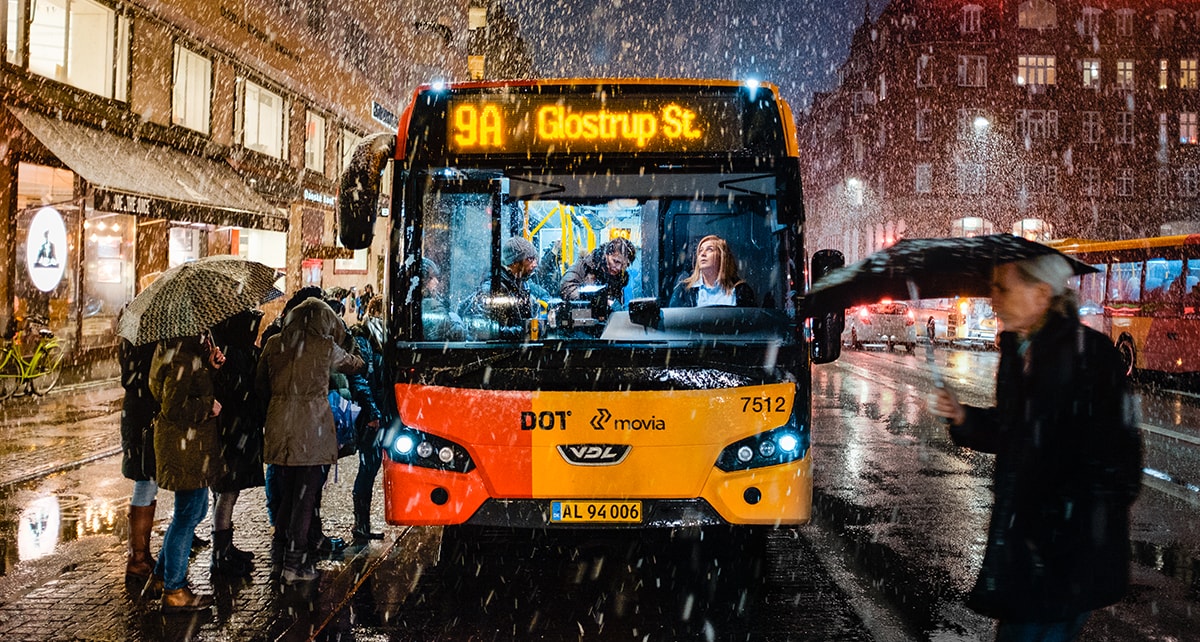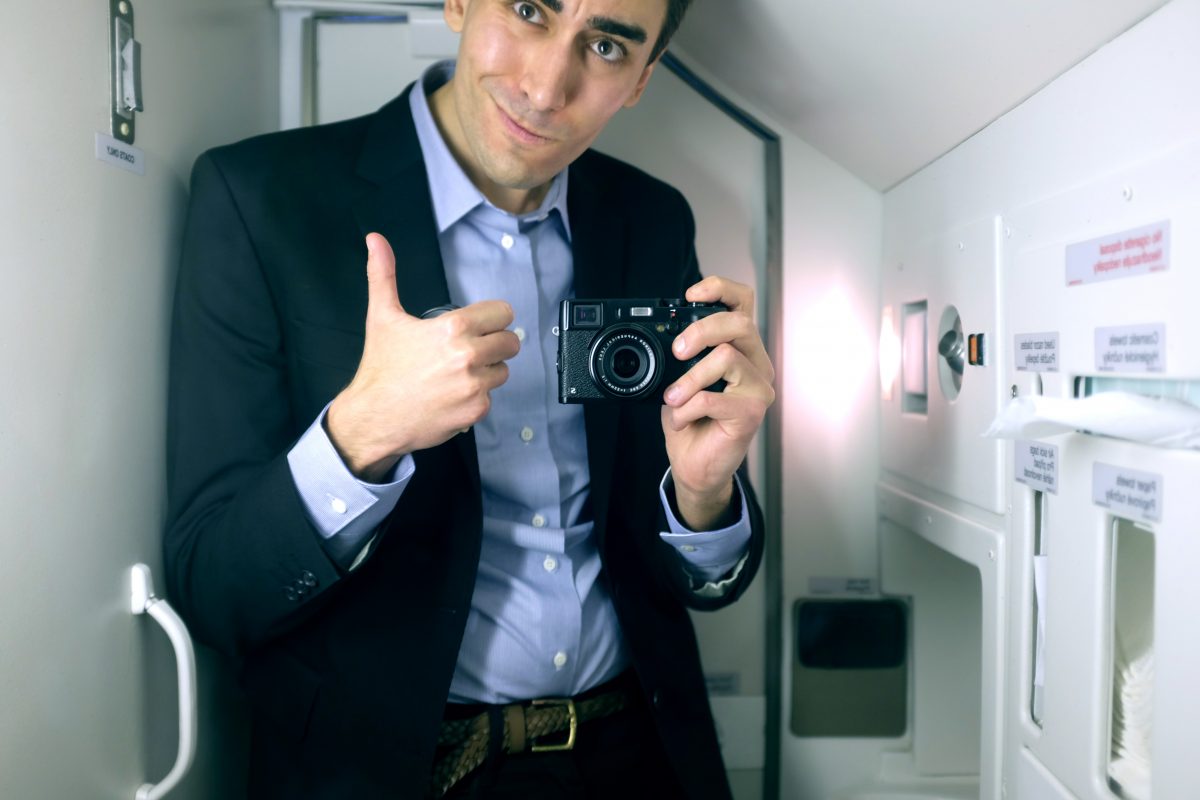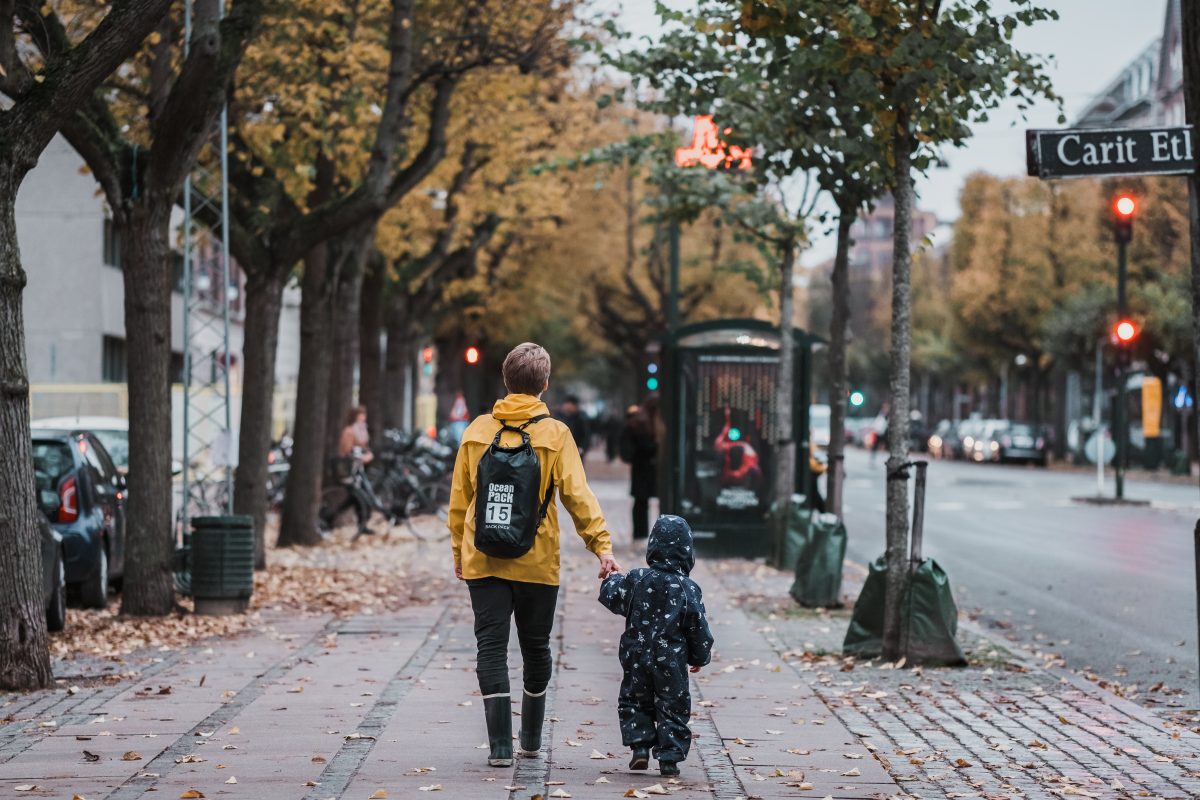Update: I have updated the article with more gear.
I’ve been using Fujifilm X cameras for the last 5 years and it’s time to sum up what’s the best gear I’ve used. This is a list of all the cameras, lenses and accessories based on my own unscientific experiences, so don’t kill me if you disagree. It’s highly based on personal preferences (smaller is better vs bigger with better specs etc. ). A lot of this gear is old now but hopefully I can still help people buying 2nd hand gear. I’ve marked my top favorite gear with a star ★ and other recommended gear with a white star ☆
Cameras:
- ★ Fujifilm X100S / X100T / X100F – I used these cameras for many years and took some of my best photos I have ever shoot with them. The 35mm equivalent lens is the best all around lens in my opinion. The camera is small which is good especially when you start out as a photographer and is afraid of peoples reactions. The problem is that you can’t change lenses so you are gonna need another camera also, but this is a good camera to begin with.
If you do decide to buy: Not much differencen between the X100S and X100T, both great cameras with the great colors from the older sensors. The X100F has faster auto focus if that’s what you need.
- Fujifilm X70 – A smaller version of the X100-series but without viewfinder and with a wider 18mm lens. The lens and camera has some kind of *magic*, photos from it looks really good. And this is the best X-Trans 2 camera you can get, has faster auto focus than the X-T1 and better video quality, because this was the last X-Trans 2 camera released. Sadly I’m not a 18mm guy, too wide for me. But if you like street and if you like wide angles, this camera is an absolute must.
- ★ Fujifilm X-T10 – my no. 1 recommended camera to get if you are on a tight budget. Buy this with some of Fujifilm’s f2.0 lenses. It has slow auto focus for today’s standards and feels cheaper than the X-T series cameras but it’s a great place to start. And then there is something about the colors of the old sensor (check out this blog post I wrote comparing X-trans sensor colors), dare I say better than the newer sensors colors? The only thing the miss is good video featues, if you are on a budget and need video get the X-T2.
- Fujifilm X-T1 – It was a great camera, the first professional Fujifilm X camera, but I don’t recommend getting it in 2019. The camera was the first of it’s kind and after using it for a few years, problems start to pop up. The rubber port door expands after use and won’t close and the fake leather finish falls off. The X-T2 has huge advantage over X-T20 (faster max shutter speed, better video specs, better shutter), but the X-T1 doesn’t have any important advantage over X-T10 and I would prefer the smaller and cheaper X-T10.
- Fujifilm X-E2 / X-E2S – same as the X-T10, without flipscreen but with a rangefinder style viewfinder. The viewfinder is a plus but the missing flipscreen is a big minus. Get the X-T10 instead. The X-E2S is a newer version with updated button layout and with new firmware installed, basiclly the same cameras.
- Fujifilm X-T20 – an upgraded X-T10. Somewhere in between the X-T10 and the X-T2. Continuous auto focus now kind of works but still not at a professional level. It’s great value, the biggest problem for me is the slow shutter speed 1/4000 vs 1/8000 on pro cameras, and the cheap feeling and handling. If you are looking a cheap beginner camera this is great, ger this or the X-T10.
- ☆ Fujifilm X-T2 – This is the camera that also made Fujifilm popular among pro photographers. It got the great image quality we know from Fuji, but with better auto focus, more megapixels, better iso performance, and great 4k flog video. The camera I always recommend to new friends that want to get into photography, if they want to do photography and same video, but still wan’t to save some money compared to the newer cameras.
- ★ Fujifilm X-H1 – A great camera, good as a 2nd camera body to match your X-T2/X-T3. The ibis is very useful for things like video, using longer primes with slower shutter speed (like the 90mm) or doing long exposure shots without a tripod (ibis + image stabilized lenses can shoot very slow shutter speeds). IBIS + the X-Trans 3 sensor (maybe the best sensor?) is a great combo. The only thing I dislike is the design of the camera, it’s big and not as beautiful as other Fuji cameras, the exposure dial is gone replaced with a pretty useless top screen.
- Fujifilm X-S10 – I had hoped this could replace my X-H1, a smaller Fujifilm camera with IBIS. But the selfie screen is almost unusable for photography, and the mode dials (known from DSLR’s) are also poor design. I like the big grip with the battery inside, and the overall small size, and I like the shutter sound, but that’s it. Still waiting for a X-T3 or X-T30 designed cameras with IBIS.
- ☆ Fujifilm X-T3 – my favorite camera for “action” or street photography because of the fast and responsive auto focus (notice that auto focus was much improved after firmware updates, and remember to set AF MODE to WIDE/TRACKING). I love the design and the flip screen (not flip out screen like on the X-T4), it’s basically a perfect camera. It doesn’t have IBIS like the X-T4, since I don’t like the X-T4’s design I also have an X-H1 for that.
Also remember to use Capture One for the raw files, the new 26 megapixels sensor seem to be harder for Adobe Lightroom to deal with. - Fujifilm X-T4 – I only used it shortly but for me the flip out screen is a deal breaker. I use the flip screen a lot for stealthy shooting, and this design ruins it for me because it flips out to the side. Fujifilm listened too much to Youtube celeberties like Tony Northrup on this one and not to their own users. I also don’t like that it’s bigger than the X-T3. Yes it’s nice with a bigger battery, but for me the battery was never an issue.
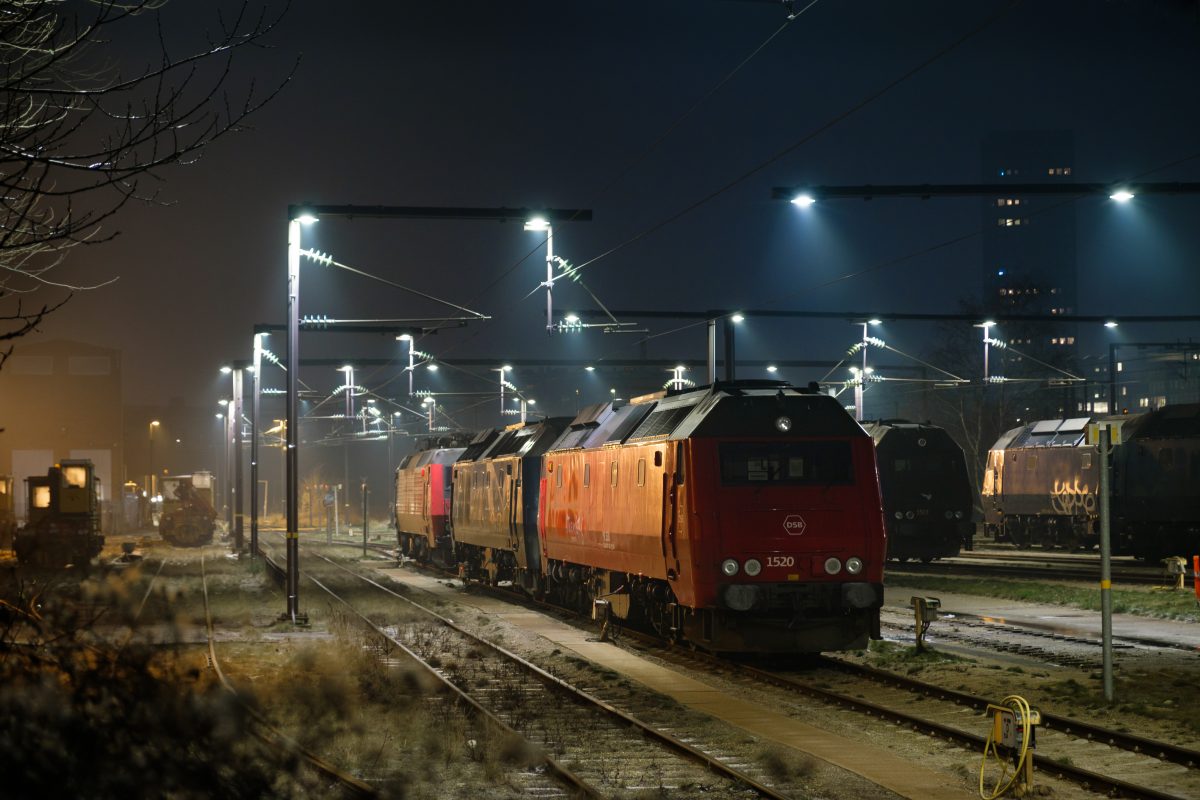
A handheld shot at 1/2 sec. with Fujifilm X-H1 + XF 18-55mm f2.8-4. Those two stabilization engines works great together.
Lenses:
- Fujifilm XF 10-24mm f4 R OIS – I’m not much of a wide angle lens guy, but this is a great all around wide angle lens.
- Fujifilm XF 14mm f2.8 R – I’m not a wide angle guy, so I don’t have much to say about this one. Lens rendition is a bit different from other Fujifilm lenses, the colors seems more red/blue, hard to explain but it has a certain look I’m not a big fan of.
- Fujifilm XF 18mm f2 R – this lens don’t have good reviews, it’s not the sharpest, it flares, it has some strange image rendition. On the other hand it’s a small pancake lens with f2.0, so some sacrifices had to be made. Maybe not for professional work, but fine for walk around lens.
- ★ Fujifilm XF 23mm f2 WR – Great little lens. 23mm is a good all around focal length. Good for putting on your camera and having it in your bag every day. Somehow I like the photos from this lens better than the f1.4 lens.
- Fujifilm XF 23mm f1.4 – A good lens for events and documentary photography, I mostly use this lens with the XF 56mm f1.2 to shoot events with (a classic setup many photographers uses). The extra stop of light is very useful for shooting moving subjects in low light.
On the other hand, this lens lack some of that magic, it’s just a workhorse nothing else. My favorite 23mm on Fujifilm system is the one in the X100-series, it has more “pop” to the images, probably because of the low element count. - Fujifilm XF 27mm f2.8 / Fujifilm XF 27mm f2.8 R WR – The smallest Fujifilm lens. The 27mm is a bit strange focal length to me (not wide but not long) and image rendition is a little boring and sterile looking. The version 1 (the none WR version) don’t have an aperture ring and feels very plastic, the WR version is a big step up in build quality and the aperture ring makes me enjoy using the lens more (same image quality with both versions).
- Fujifilm XF 35mm f1.4 R – A great little street lens. Auto focus is not as fast, it’s a little noisy, but it’s tiny, it’s f1.4 and images looks very good.
- Fujifilm XF 35mm f2 R WR – the smallest lens after the 27mm f2.8 and the 18mm f2 lens, but not a big fan of the image quality (flat rendition, and a lot of distortion correction applied in post processing). I use it for night street cityscape photos, because of it’s small size, weather sealing, a pretty sharp images, but I would not use it for people / portrait photos.
- Fujifilm XF 50mm f2 WR – great little lens, cheap, very stealthy. Compared to the XF 56mm the rendition has a bit clinical generic look, therefore I sold it and kept the XF 56mm f1.2, but no a bad lens.
- ★ Fujifilm XF 56mm f1.2 R – my favorite lens. Sure it’s big and heavy compared to the XF 50mm but it’s worth it. Rendition of the images with this lens is so great. Has this soft but still sharp look, colors are great, every Fujifilm shooter should own it! Check out the comparison I wrote of the 56mm vs 50mm here.
Update: This lens preform very bad with the object focus on newer Fujifilm cameras, I suspect that Fujifilm will release an updated version soon.
- ☆ Fujifilm XF 90mm f2.0 R LM WR – It’s a great lens, it’s a very sharp and clean looking lens. It competing against the 56mm as the best lens, the 56mm has more character, this is more sharp. It’s not as versatile (because of the focal length), and for most people they won’t use it much. I use it for action photography, shooting bicycles in Copenhagen.
- ☆ Fujifilm XF 18-55mm f2.8-4 R LM OIS – I’m not much a zoom lens person, but this is a good small all around lens and very good for run and gun video work. Together with the X-H1 camera the IBIS and image stabilization in the lens (with the lastest firmware) this can give you silky smooth video footage or handhold photos down to 1 sec. without a tripod, great combo. After becoming a dad I start to really apricate this lens, small, light, still sharp enough to get great photos, and f2.8 at the widest with the good image stabilization you can even use in low light.
- Fujifilm XF 16-55mm f2.8 R LM WR – Good lens to pair with the X-H1 (with ibis) for shooting events, because of the missing stabilization in the lens but IBIS in the X-H1. Not something I would ever use for personal work, yes the images are sharp but the lens has this clinical look to me and images looks very flat (probably because of the very high lens element count).
- Fujifilm XF 18-135mm f3.5–5.6 R LM OIS WR – Never liked super zoom lenses and this one also disappointed me, images quality is not that good.
- ☆ Fujifilm XF 55-200mm f3.5-4.8 R LM OIS – this might seem like an average tele zoom lens but it has some magic. It’s not the sharpest lens you can get, but it actually has some nice image rendition and the bokeh is a bit like the swirly soap bubble bokeh like on some vintage lenses. It’s tempting to get a big fast tele zoom lens, but in my experience those lenses end up staying at home on your shelf. This lens has good reach, but is still pretty small and light for a tele zoom, a good compromise.
- Fujifilm XF100-400mm f4.5-5.6 R LM OIS WR – It’s probably a great lens but very hard to find use for it. It’s big, heavy and expensive, and only usable for very few things like bird photography. Images lack that pop and looks a bit flat (probably normal for such a zoom). I bought it but never used it and sold it, I know several other people that ended up doing the exact same thing.
- Samyang 12mm f2.0 NCS CS – A third party lens without auto focus with fast f2.0 aperture. It’s the only manual focus lens I tried that performs as good as a native Fujifilm lens. It’s sharp, small, colors are almost the same as Fujifilm lenses (only with a slight magenta tint).
- Samyang AF 12mm f2.0 – I still need to test it more, but so far it seems great, the same as the amazing manual focus version but with auto focus.
- TTArtisan AF 27mm f2.8 – A cheap alternative to the Fujifilm 27mm f2.8. One of the first 3rd party lenses to have auto focus and a lot cheaper than the Fuji version, slightly bigger (but still a pancake lens), image quality is less sharp with heavy vignetting wide open. Colors are nice and has a bit of pastel colors to it, and the images has a low contrast look I actually like (a bit vintage lens look but with more sharpness and always spot on focus). Fun little lens.
- ☆ Zeiss Touit 32mm f1.8 – Another third party lens for Fujifilm X mount and this one has auto focus. It’s a hidden gem, one of the few auto focus lenses out there that also has a lot of lens characters. The image rendition is great, interesting bokeh, and some of that Zeiss 3D pop. Auto focus is not as good as native Fujifilm lenses but with the newest Zeiss lens firmware update it’s not that bad. If it was a bit longer focal range 35-40mm and f1.4 or f1.2 it would have been a lot more usable to me, it’s bokeh is interesting but you have to get close to your subject to get it. But it’s fun lens to try if you are a hardcore Fujifilm X photographer. Check my full blog post about the Zeiss Touit 32mm f1.8 here.
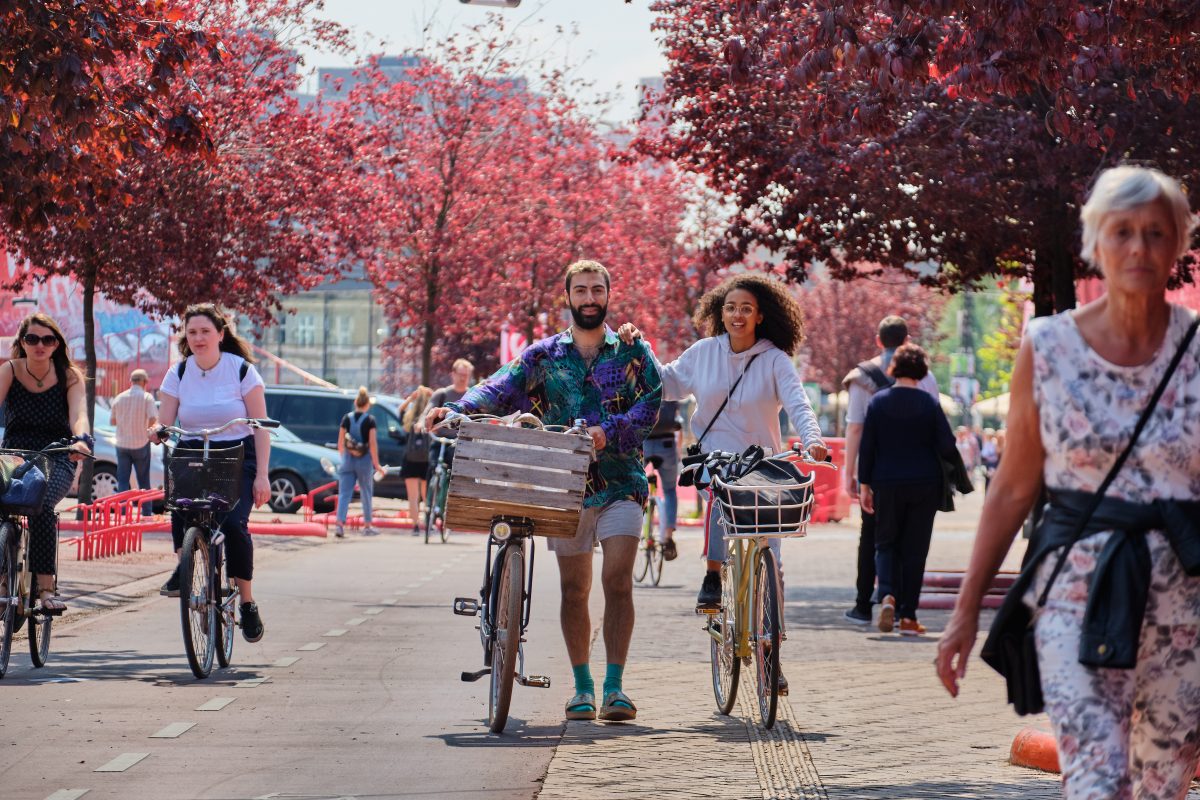
The Fujifilm XF 55-200mm f3.5-4.8 R LM OIS lens is a great lens to use in daylight, image quality is not that far away from the primes lenses and a very practical lens.
Accessories:
- Fujifilm Tele Conversion Lens TCL-X100 Black – tele converter to make the X100-serie camera from 23mm to 35mm. The old X100S/X100T the camera has a hard time focusing unless you use it in daylight. You have to enable and disable it in the menus every time. And it makes the camera very bulk. Wouldn’t recommend it.
- Fujifilm MCEX-11 + MCEX-16 Macro Extension Tube – pretty expensive for a macro ring, and I’m not sure if it’s worth it for most people. On the other hand it’s the cheapest way to auto focus with macro photography on your Fujifilm camera. The MCEX-11 is more useful, the MCEX-16 focuses too close to be useful.
On Ebay you can buy cheap copies of these adapters (also with auto focus) but they are very cheap feeling and mine broke after a few times of using them.
My favorite lens to use with the MCEX-11 is the the XF 18-55mm f2.8-f4 lens, it can always focus pretty close and the zoom and stabilization makes it easy to use. - Fujifilm VPB-XT2 Grip for the X-T2 + Fujifilm VPB-XH1 Grip for the X-H1: Booster grips for the two cameras. I only used them for their increased video recording limits and additional audio inputs. Don’t get it unless you really miss big cameras or need the extra video features.
- Finger Smart Adapter for Canon EF lenses – Auto focus adapter for Canon lenses on Fujifilm X mount. Check out my review here. It’s not that great, stick to native Fujifilm lenses.
- Fotodiox Rhinocam – A medium format lens adapter that let you shoot high megapixel panoramas with you Fujifilm X camera. Check out my my review here. If you are a Fujifilm fan that has tried very lens or accessory, this is a fun adapter to try.
- Fotodiox Pro Pronto for Fujifilm X – this adapter let’s you focus old manual focus lenses using auto focus. It works by moving the adapter back and forth, and if you have the lens set to infinity focus it works. It all sounds good, and looking at reviews for the the same adapter for Sony cameras it sounds pretty good. But the Fujifilm version doesn’t work very well, it often miss focus, it’s slow (ok that’s expected) and you have to have focus set to infinity which easily gets turned by accident. I found myself preferring to manual focus instead of this, even though I find the idea really cool and love that Fotodiox keep putting out so many creative products like this. The Fujifilm version did very poor sales wise and Fotodiox probably didn’t want to put more money into improving the firmware.
